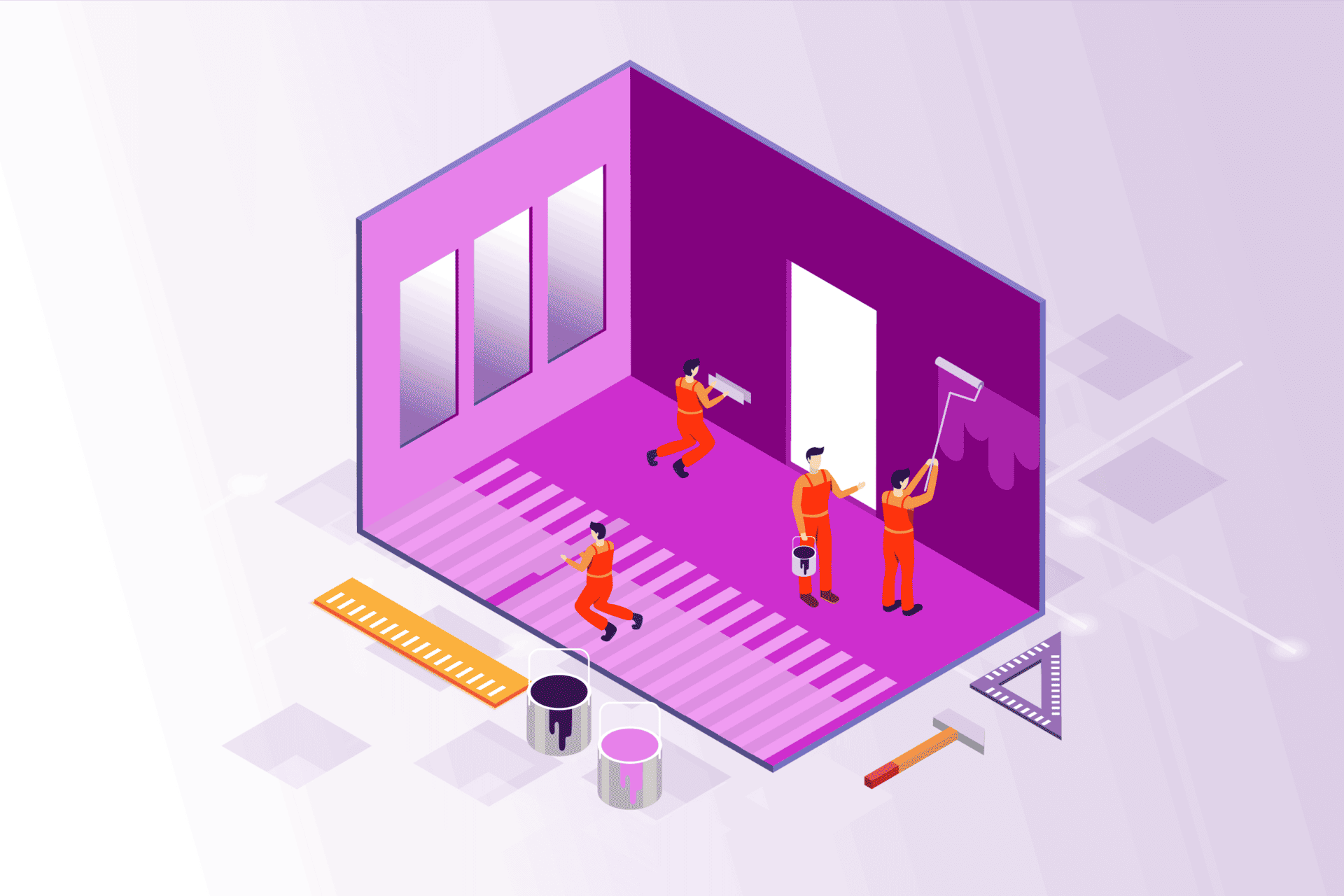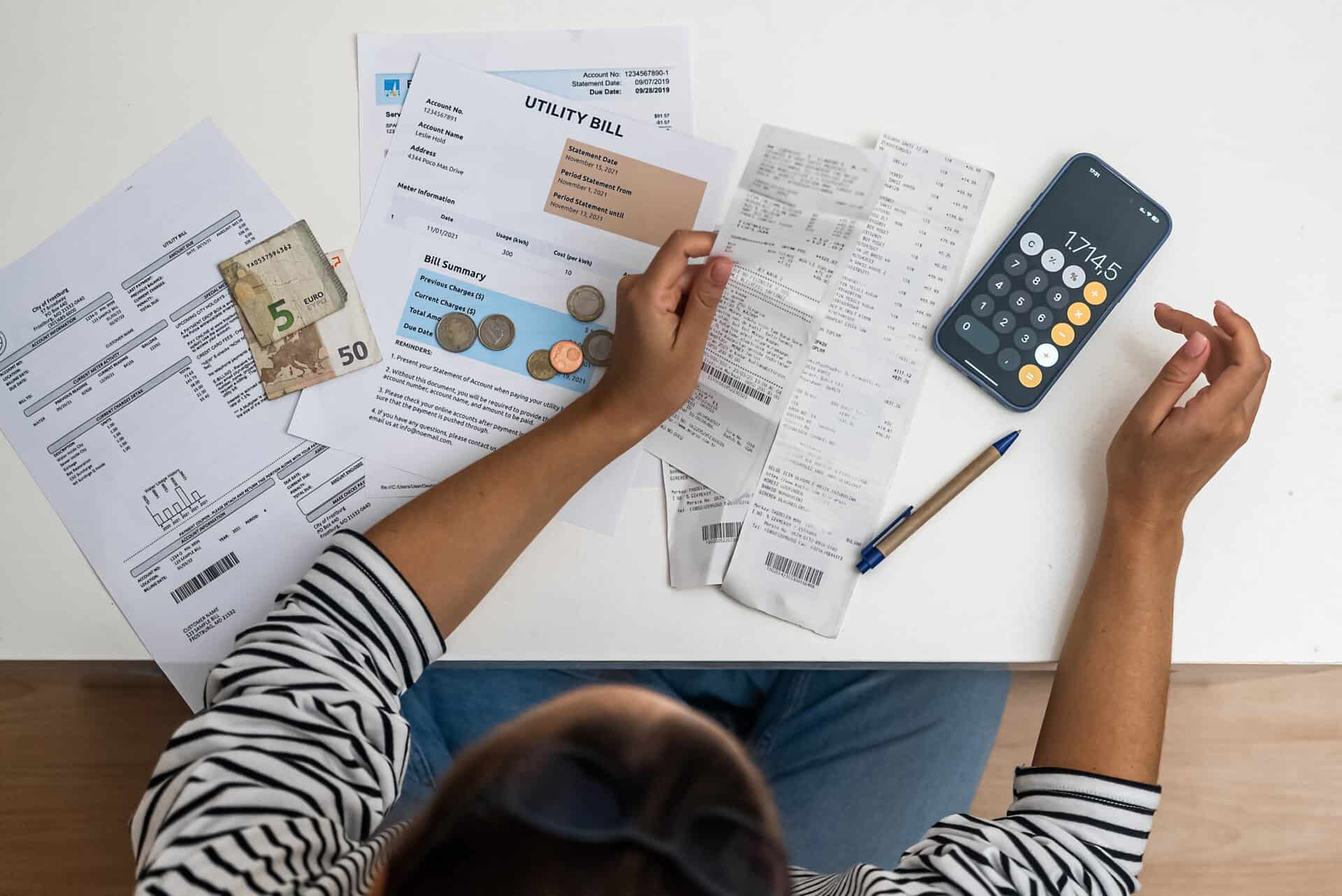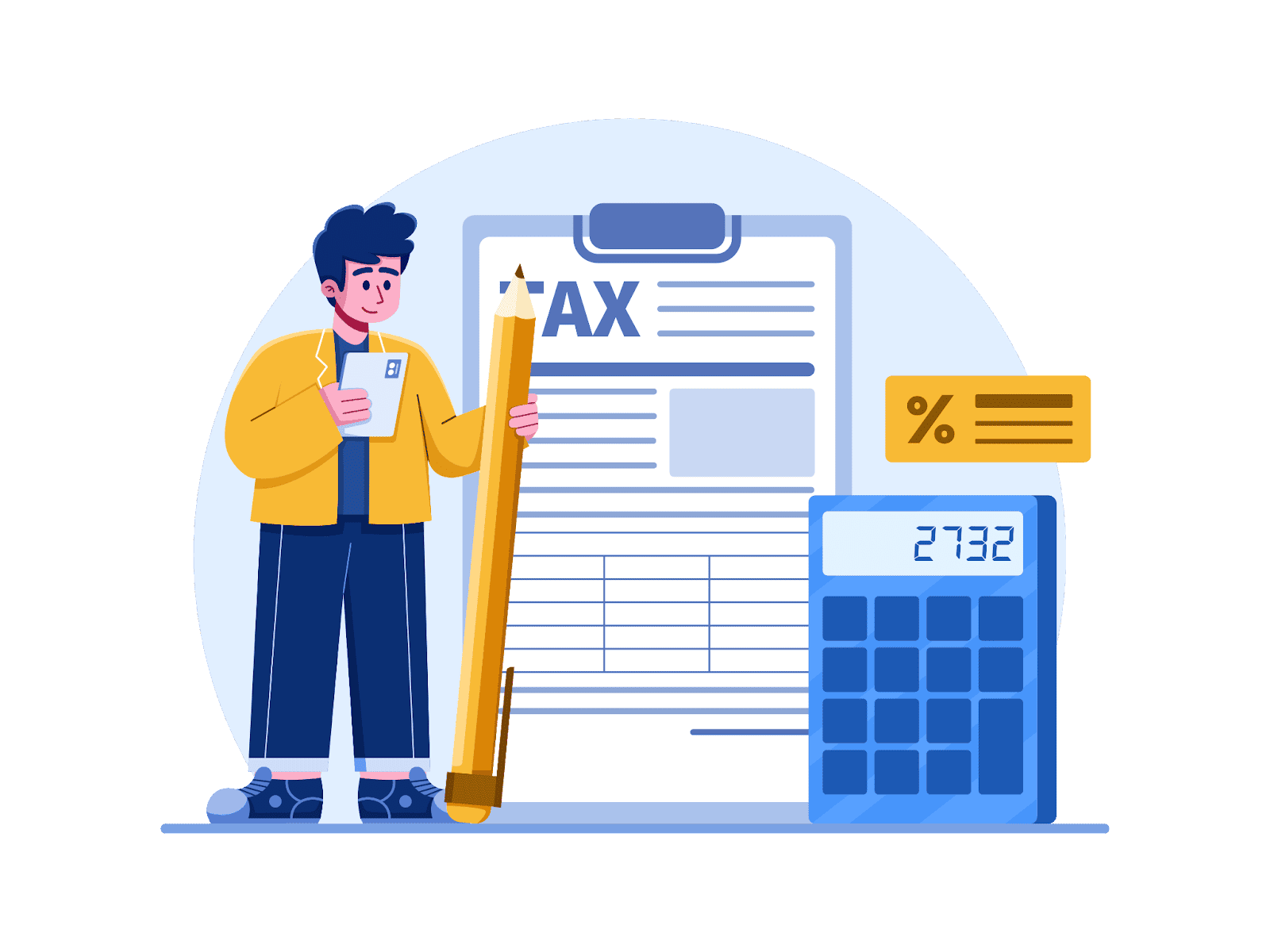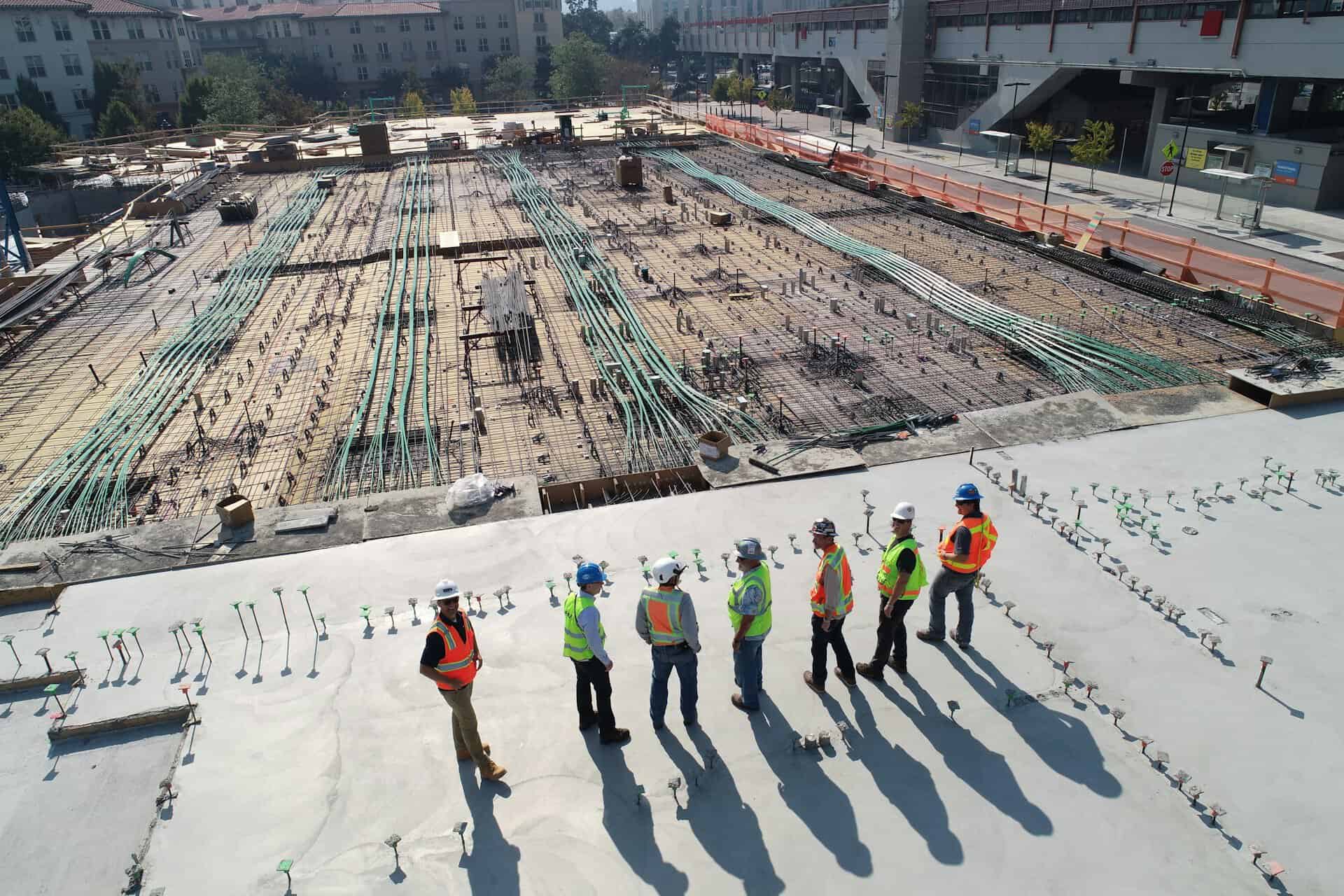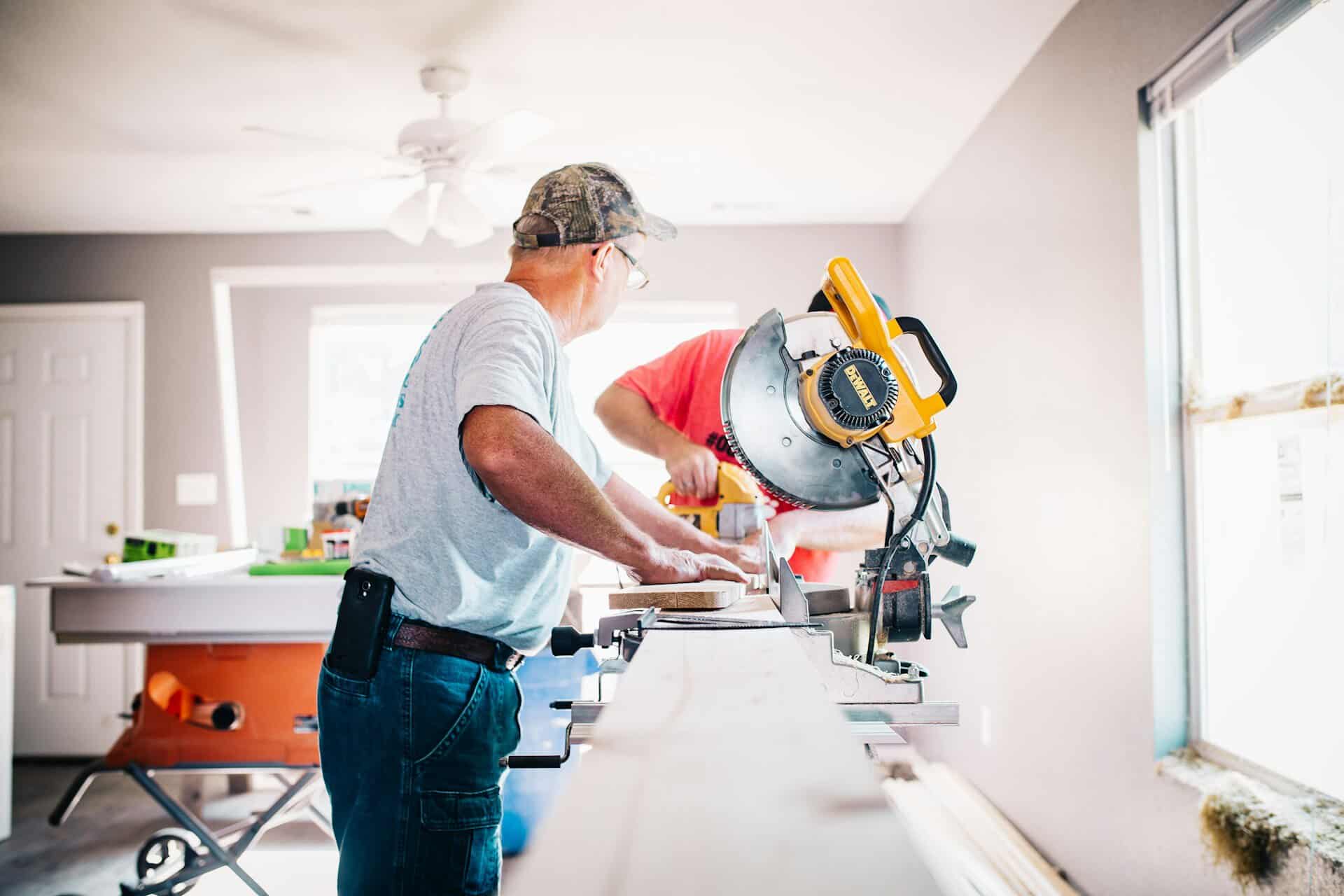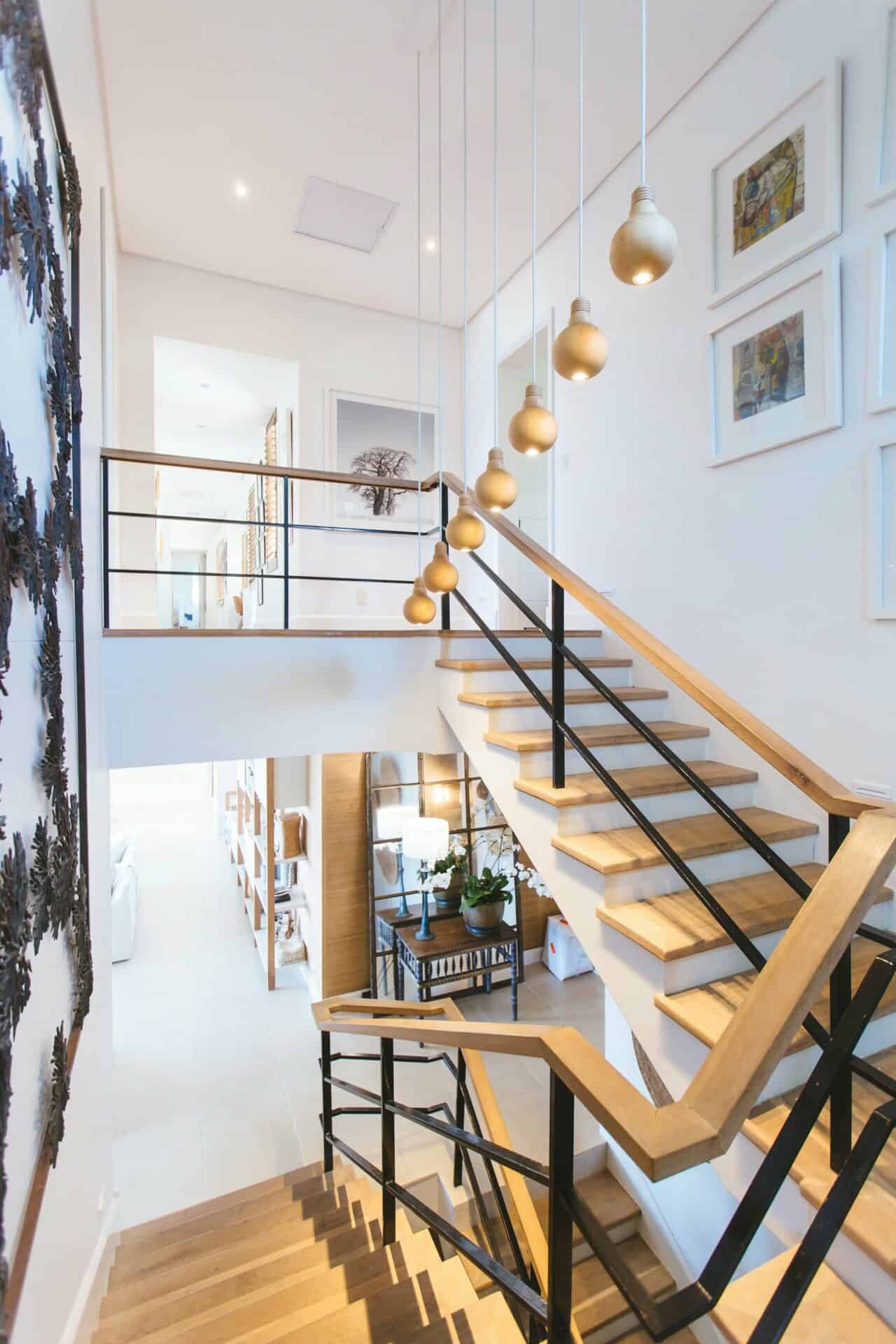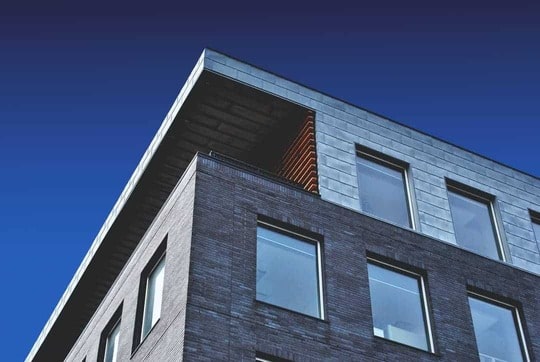Improvements, repairs and maintenance. All sound similar but are treated differently by the Australian Tax Office (ATO).
When you buy an investment property, particularly a second-hand property, you’ll quickly find out that there are all sorts of costs that you’ll incur when renting out your investment property.
In general, first-time investors who aren’t equipped with the necessary tax knowledge will either miss the opportunity to claim their repairs and maintenance expenses; or confuse what constitutes improvements, repairs and maintenance when completing their annual tax return.
In a recent review, the ATO indicated that at least 9 out of 10 property investors were making mistakes on their claims, with claiming expenses on rental properties as one of the top 5 mistakes commonly made during tax time.
So, we’ve created a guide that’ll help you distinguish between the types of deductions available for repairs and maintenance, including when and how to claim this for the best tax benefits.
What’s The Difference Between Repairs, Maintenance and Improvements?
Before indicating what you can and can’t claim, it’s essential to understand what constitutes repairs, maintenance and improvements.
What’s Considered A Repair?
According to the ATO, repairing your rental property entails remedying some kind of defect or damage to your property.
In other words, repairs related to the general wear and tear of the rental property and any damage caused to the property as a direct result of renting it out.
Examples of repairs include:
- replacing roof tiles that were damaged in a storm;
- repairing a broken air conditioner;
- replacing a broken window; or
- resealing a leaking bathtub.

What Constitutes as Maintenance?
The ATO defines maintenance as any work carried out to prevent the investment property’s deterioration or to fix existing damage.
Examples of maintenance include:
- pest control;
- painting;
- cleaning; or
- gardening and land maintenance.
What About Improvements?
While a repair restores something to its original state and maintenance prevents the property from deteriorating, an improvement upgrades and advances your investment property.
The purpose of improving your rental property is usually to increase its market value or increase its ability to generate income.
Examples of improvements include:
- Remodelling the kitchen so that the area is bigger and more open;
- Extending the size of the bedrooms;
- Adding a swimming pool and patio area; or
- Landscaping.
What Can You Claim on Your Investment Property?
You can claim the expenses related to the repairs and maintenance of your investment property as an immediate tax deduction.
In other words, you can claim these expenses in the same year you paid them.
It’s important to note that the claim for repairs and maintenance needs to have occurred during the period you rented it out.
Example 1:
Serena owns an investment property in Port Douglas, Queensland. To generate income from her property, she is currently renting it out.
In March 2020, her tenants called her to let her know that there was a severe storm over the weekend. There were a few roof tiles that were damaged as a result of the strong winds.
Serena called a local repairer to come and inspect the damage. After receiving his quote, Serena decided to go ahead with the repair.
Serena can claim that repair expense incurred on her 2020 income tax return.
What Can’t You Claim on Your Investment Property?
You can’t claim the expenditure for repairing the damage that existed when the property was purchased (whether it was known about at the time of purchase or not). This is known as Initial Repairs.
Initial Repairs
For example, suppose you undertook a repair upon acquiring the investment property. In that case, it will be considered an initial repair and not deductible as repairs and maintenance.
An initial repair involves remedying defects, damage or deterioration that existed when you purchased the investment property before renting it out.
These repairs are treated as improvements and would have to be classified as Capital Expenses under ‘Capital Works’ or ‘Plant & Equipment’, depending on the expenditure.
Once the property is used for investment purposes, you can claim depreciation on these expenses.
For more on depreciation and how it can benefit your tax return, check out our guide on tax depreciation
Capital expenses may also form part of your property’s cost base for capital gains tax (CGT) purposes. By maximising your cost base, you should be able to minimise the capital gain once you sell the property: the less capital gain, the less CGT.
The best way to determine what expenses you can add to your cost base and how to reduce the number of capital gains you declare would be to have us at Duo Tax Quantity Surveyor produce a Capital Gains Report.
Example 2:
Wendy purchased her first investment property in 2018, but it was a bit run down. Before she could advertise to rent it out, she needed to:
• fix the leaking bath;
• replace the shower;
• repair the air conditioner;
• have the house cleaned; and
• add a fresh coat of paint to all the interior and exterior walls.But, all the repairs and maintenance work was performed before her investment property was available for rent. So, her incurred expenses form part of her initial property costs and can’t be claimed as an immediately tax-deductible expense.
The costs can be added to her cost base, which will be depreciated once the property is rented out.
You can’t immediately claim the expenses incurred from making improvements to your rental property because it constitutes a capital expense. Improvements on the property can, however, still have some tax benefits.
Improvements
An improvement is a renovation that makes an aspect of the property better, or more valuable, or changes the character of the item on which works are being carried out.
Improvements can be classified under capital works, which is considered a capital improvement, or plant & equipment, where the item is a depreciable asset.
According to the ATO, improvements are classified as capital improvements, and you can claim 2.5% of the costs each year for 40 years from the date the upgrades were completed.
You can, however, only claim for the years that the property is used for investment purposes.
A great way to determine how much you can claim each year is to have a quantity surveyor provide a free estimate or purchase a tax depreciation schedule.
Example 3:
Joseph is currently renting out his investment property in Cronulla, New South Wales. Unfortunately, his tenants damaged the cement wall that separated the dining area from the lounge area.
Joseph saw this as an opportunity to knock the entire wall down and replace it with a feature wall made with bricks instead of solid concrete.
As Joseph opted to do more than restore the practical functioning of the wall, the costs incurred are not considered as repair expenses but instead as improvement costs.
Consequently, he can’t claim the cost as a ‘repairs and maintenance’ tax-deductible expense in his income tax return for the year.
However, he can claim it as capital works expense.
Replacements
Suppose the bathtub in your rental property breaks beyond repair, for example, and you have to replace it entirely. If that is the case, the ATO doesn’t consider the replacement a repair.
While you can’t claim it as an immediate tax deduction, you should be able to claim it as a capital improvement or depreciating asset.
Key Takeaways
To be eligible to claim repairs and maintenance as an immediate tax-deductible expense, the costs must directly relate to the general wear and tear of your investment property.
You can similarly claim any costs related to damages incurred from renting it out as an immediate tax-deductible expense.
Understanding the difference between what constitutes repairs and maintenance and what constitutes an improvement is also essential when claiming tax deductions.
Unlike repairs and maintenance, improvements are not an immediately claimable expense, but you can claim a percentage of the cost over time as tax depreciation by engaging a Quantity Surveyor.
The table below provides a breakdown to help you determine the category of your rental property expense and how it should be claimed:

Ready to get started?
Talk to one of our friendly property experts to get a free quote or more Information.
